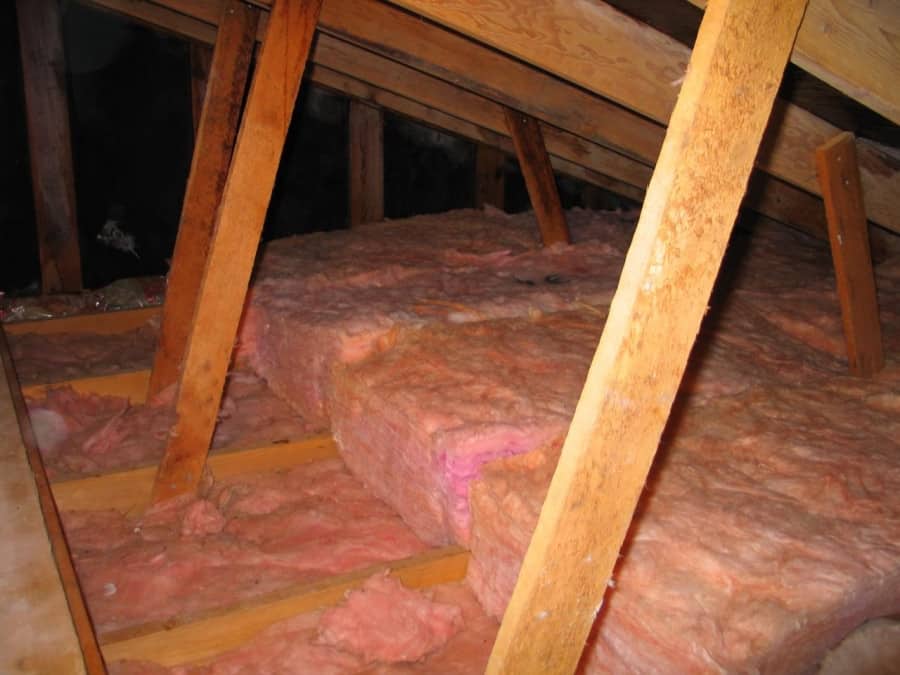Against an outside wall.
Dryer vent condensation attic.
Because the dryer vent s air seal to the outdoors cannot be made between the heated space and the unheated space the second floor ceiling natural convection in the ductwork when the dryer is not running may still convey enough water vapor to the attic ductwork to cause condensation.
Another common problem with vent pipes is condensation.
Most home inspectors in the united states when citing regulations pertaining to dryer venting refer to the international residential code.
Be careful you don t cut through any studs electrical wires or pipes in the process.
Federal building codes for dryer vents and ducts.
Considering that back pressure higher than 6 wci is generally recognized as inefficient you can see that venting through the roof with non dryer specific vents is immediately problematic.
The only reason that people vent dryers into water is to contain the lint so it doesn t fly.
The warm moist air inside the vent tends to.
A vertical dryer vent is typically a problem because it acts as a moisture condenser.
However this connection is sometimes the only option in older homes.
This creates a blockage in the pipe blocking the flow of air.
If your dryer is vented into a garage or through an attic condensation will be more of an issue.
As a result it could condense and result in a water leak.
If venting outside isn t an option you can vent the dryer out of the attic through the roof using a special roof vent to keep rain out.
The sheet metal duct is cooled by the outside air in the attic.
Stray lint and fabric may accumulate in the vent over time.
The problem with attics the attic is usually colder than the rest of the house during the winter and that can create a problem for a dryer vent.
A blocked vent is a common cause for dryer vent leaks.
Step 2 consider vent placement.
When a dryer is in operation it s removing moisture and lint and venting it to the outside.
This causes the steam from your.
When metal vent pipes aren t insulated the ambient air cools the metal which condenses the moist air inside the pipe this condensation can leak through the joints in the pipe and collect in the walls or ceiling or the water can run all the way back to the dryer and show up as a puddle under the unit.
The hot moist air that is exhausted by the dryer has nowhere to go.

